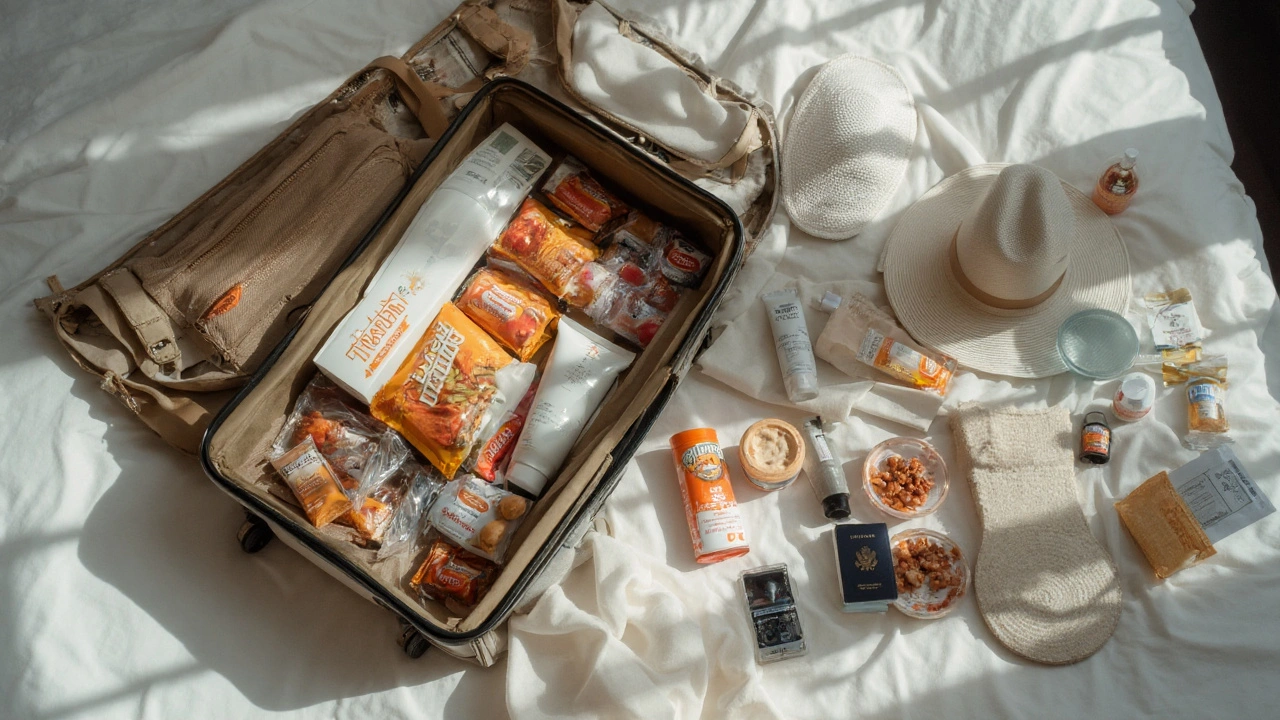
Gluten-Free Travel Made Easy: Tips for Safe Eating Anywhere
Going on a trip shouldn’t mean giving up your gluten‑free diet. With a bit of planning and smart choices, you can enjoy new places without worrying about hidden gluten. Below are real‑world steps that work for road trips, flights, and foreign adventures.
Planning Your Gluten‑Free Journey
Start by researching your destination. Look for gluten‑free restaurants on review sites, but also check recent comments for cross‑contamination warnings. If you’re heading to a country where English isn’t common, write down a short translation of "I have celiac disease, I need food without gluten" and keep it on your phone.
Pack a travel kit. A small bag of certified gluten‑free snacks (nuts, rice cakes, dried fruit) can bridge the gap between meals. Include a few emergency meal replacements like gluten‑free protein bars in case you can’t find a suitable restaurant.
Contact your airline or cruise line ahead of time. Most carriers allow you to request a gluten‑free meal, but you need to order at least 24‑48 hours before departure. Confirm the request a day before you board, and bring a copy of the confirmation with you.
Gluten‑Free Options While Traveling
When you’re at a hotel, ask if there’s a kitchen or mini‑fridge you can use. Many places will let you store your own meals, and you can heat up pre‑cooked rice, quinoa, or frozen vegetables. If you stay in an Airbnb, you’ll usually have a full kitchen—perfect for making your own safe meals.
In restaurants, don’t be shy about asking questions. Request the ingredient list for sauces, dressings, and breads. If the staff can’t guarantee a gluten‑free environment, choose dishes that are naturally gluten‑free, like grilled meats, plain salads (no croutons), and steamed veggies.
Street food can be risky, but some options are safe if you know what to look for. In many Asian markets, plain rice bowls, soup without noodles, or grilled meat on a stick are typically gluten‑free. Just double‑check that the cooking oil isn’t shared with fried wheat‑based foods.
When you’re unsure, carry a set of gluten‑free travel cards. These cards explain your dietary needs in the local language and can help staff understand how serious the restriction is.
Finally, stay hydrated and keep an eye on hidden sources of gluten. Soy sauce, malt vinegar, and some seasonings contain wheat. Carry a small bottle of gluten‑free soy sauce or a travel-sized spice mix to flavor meals safely.
Traveling gluten‑free doesn’t have to be stressful. By planning ahead, packing smart snacks, and asking the right questions, you’ll enjoy the journey and the food without compromising health.

